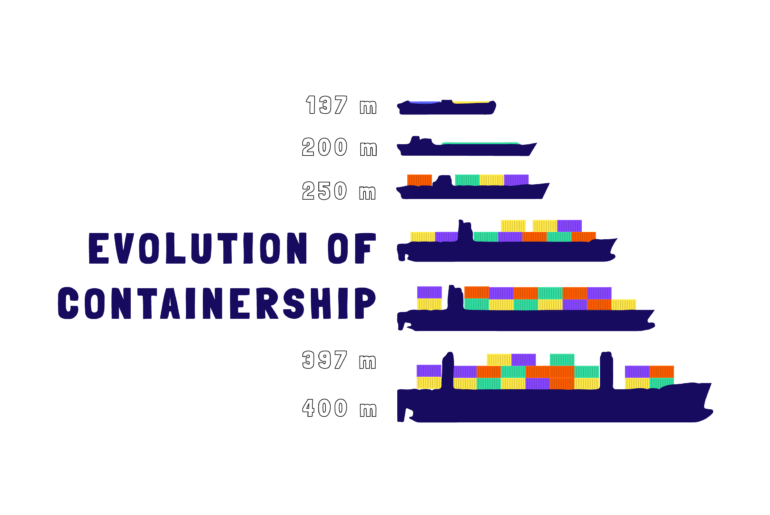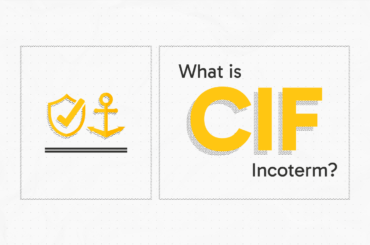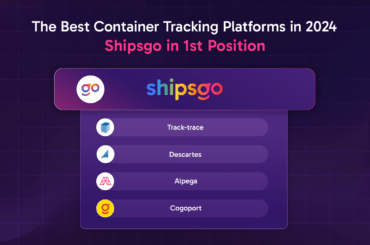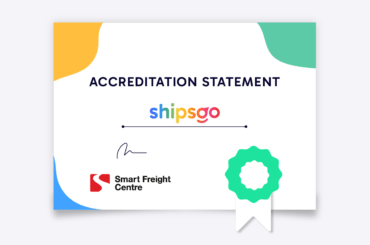Have you ever wondered about the change in containerships over the years?
With the developing technology, industry, and the globalizing world, all the tools used have rapid change. Of course, the container shipping industry has also had its share of this change. We will examine how the containerships evolution happened.
Over the years, the ships have grown both in size and technologically. Container transport ships have also been involved in this change and development. We can say that the desire to transport more containers in a faster way has been the main idea of this change.
▼ Let’s examine the changes in these ships now. ▼
Early Containerships
Ships that are considered to be the first generation container carriers are named ‘Early Containerships.’
These ships consisted of cast iron or tanker ships capable of carrying up to 1000 TEU. The first ship was the Ideal-X, converted after WW2. 1956 can be accepted as the start date of these ships. These ships carried containers on converted decks. Their speed was between 18 and 20 knots. In addition, most of these ships carried cranes because the ports were not developed then.
By the 1970s, container transportation had begun to be adopted around the world and gained more control. In this period, ships whose primary purpose was to carry containers started to be produced (Fully Cellular).
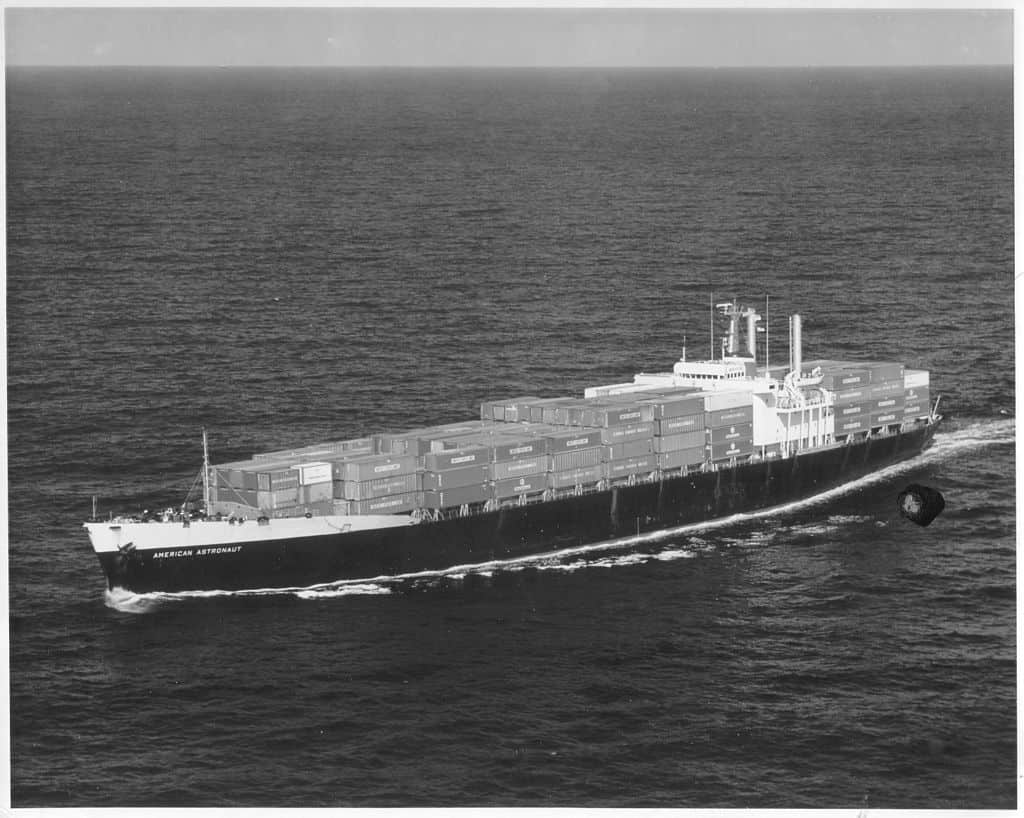
The C7 Class ships were introduced in 1968. The crane part has been removed to carry more containers on these ships. Their speed has been increased to 20-24 knots.
Panamax
Let’s look at the second stage of containerships evolution. Developing economies and the growing maritime transport sector have made it necessary to produce new ships. Increasing the number of containers transported reduces costs. For this reason, it was desired to increase the container capacity. The standard of the Panama Canal, known as the Panamax standard, was reached in 1985 with 3000-3400 TEU. It began to max out to enter the width of the channel. And this situation revealed the Panamax Max ships. This has increased to TEU 3400-4500 with Panamax Max vessels.

Post Panamax ( 1 and 2 )
In 1988, the APL C10 containership series with a capacity of 4500 TEU was introduced. Post-Panamax 1 class ships were not much longer than Panamax ship class. Its width was increased. It was aimed at increasing efficiency. By the end of the 1990s, the rapid increase in global trade accelerated the process. As the year 2000 approached, the Post Panamax 2 ships were close to being the next step in change. 6000-8500 TEU levels were reached, and Post Panamax 2 ships started to take their place in international trade. However, these ships were an infrastructure problem for some ports. Deeper drafts, like cranes stretching from ship to shore. After this process, the docks began to develop toward their modern form.
Very Large Containership (VLCS)
In 2006, a class of ships with capacities in the range of 11,000 -14,500 TEU was introduced by Maersk. A third-generation class was formed after the Panamax class. They were named Very Large Containership as they were larger than the properties of the Panama Canal. They exceeded the width of 22 containers.
Ultra Large Containership (ULCV)
After the Panamax series and VLCS ships, the Ultra Large Containership class, which reached 18,000 TEU in 2013, was introduced. (Maersk named it Triple E). This class has continued to evolve; until 2017, ships over 20,000 TEU are still in service. High-end ships are still being developed to fit the dimensions of the Suez Canal. Today’s technology and facilities can quickly produce ships up to 30,000 TEU levels. However, due to reasons such as canal dimensions and commercial volume concerns, it is not needed yet.
Click Here for the Top 5 Biggest Container Ships in the World 2023 ➥
